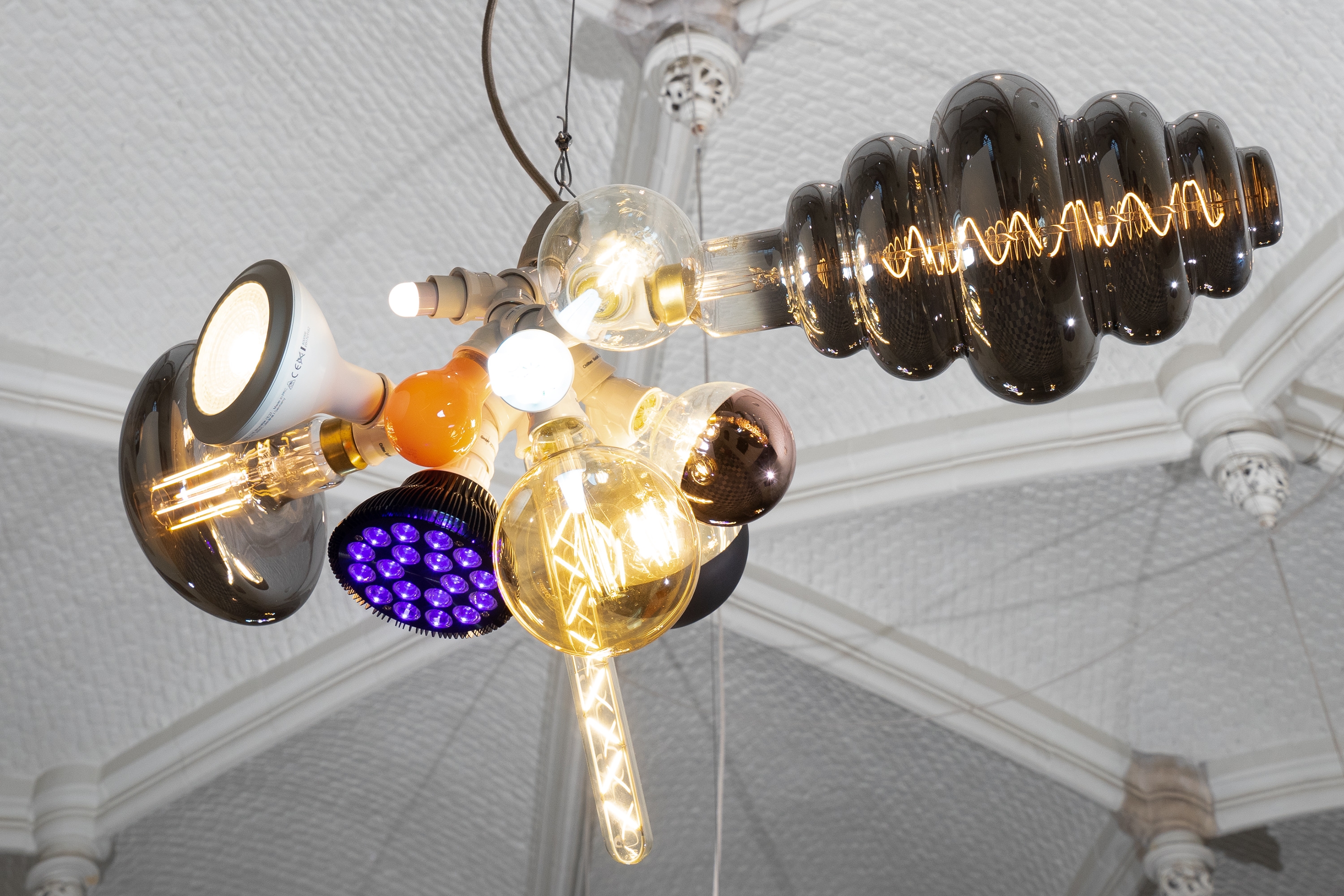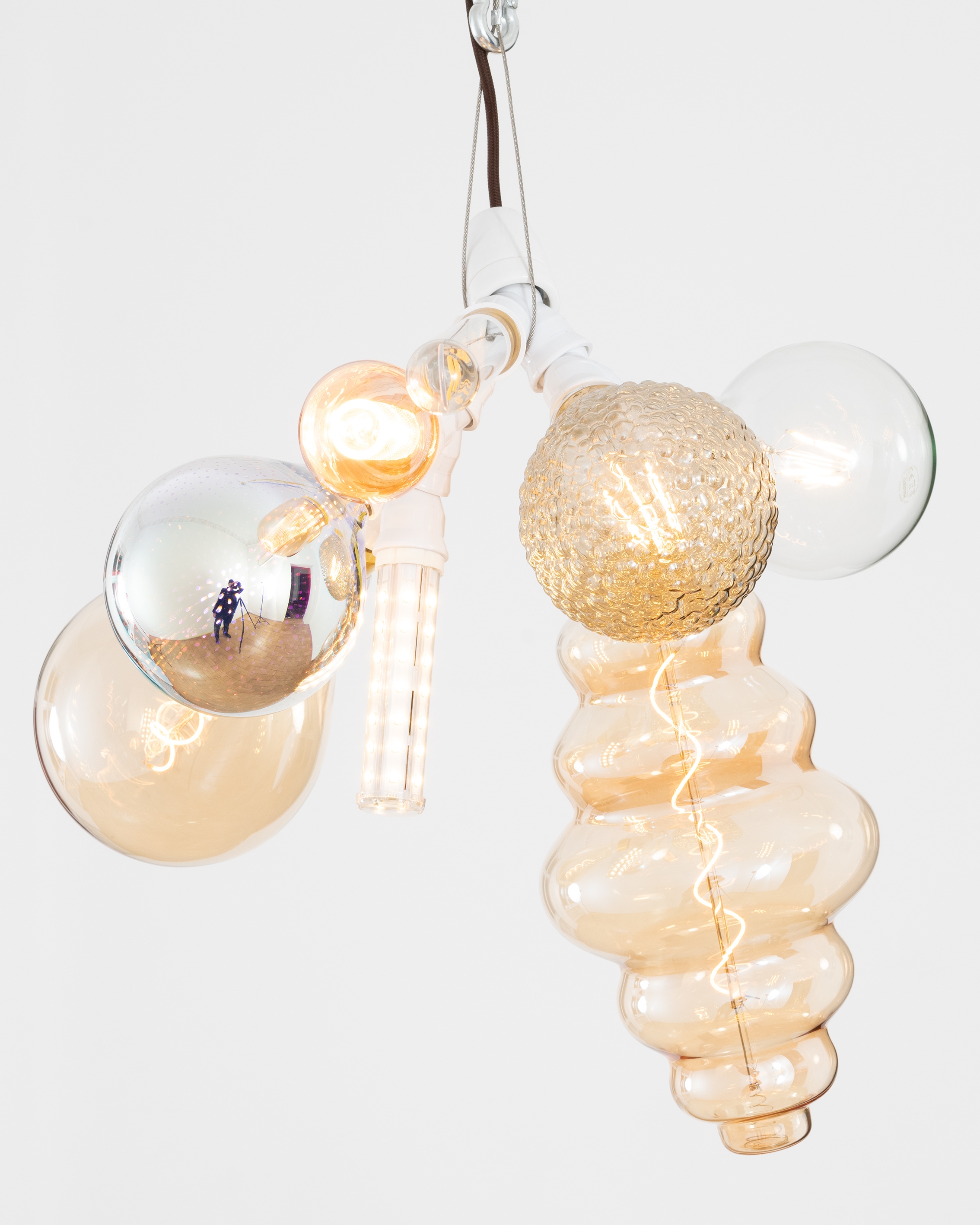Allegiance & Oblivion
Kaspar Müller
Solo exhibition
31 March – 30 June 2019
Vleeshal (Map)
Curator: Roos Gortzak

In 2019, Vleeshal presented the first large institutional solo exhibition of Kaspar Müller in the Netherlands. Playing with the question at what point an artist is allowed to have a retrospective, Müller presents his retrospective in a surprising stage of his career, bringing together a wide range of works from the last ten years.
Following Müller’s strategy to non-hierarchically combine originals and copies, this text consists of fragments copied and pasted from other texts about his work.* The title of the show, Allegiance & Oblivion, was taken from his first solo exhibition at Galleria Federico Vavassori. It is meant to suggest a dialectical friction between a loyalty to the codes of cultures as of art (allegiance as devotion) and a reality of things, which we are not able to grasp and rather constantly fail to achieve (oblivion, as amnesia, but also nothingness, silence).
A mode of Müller’s process is an accumulation of objects and images, which are submitted to the viewer beyond any cataloging or order, but only and joyfully in their variety and heterogeneity. Works which develop into series—think of furniture such as wardrobes, bookcases, and trunks—coexist with works that include series of objects and/or images—think of the crowns of blown glass bubbles that are, perhaps, Müller’s most iconic works. In these works, a metonymic tension between the part and the whole results in a collection of individualities that the viewer can only experience in two ways: through the juxtaposition between the parts, hence the assertive exercise of comparing the quality of each glass orb; or the awareness of one’s own otherness in relation to the work, an entity alien to the viewer. These works are inclusive and engaging, but at the same they hint at the solitude of both work and viewer, both subjects doomed to wander among a multiplicity of status and contexts.
Müller often infuses his artworks with a certain black humor: some are conceived to comment on the creative process itself and on creativity as a palliation of the effects of capitalist economy. “The humor is basically mechanical: it’s the laughter provoked by watching something break down. I’m interested in heightening the failures that are intrinsically part of any system of representation. There is an implicit absurdity in the positions artists assume to make up for these malfunctions. It’s like watching someone slip and pretending nothing happened,” says Müller in an interview.
The things Müller makes contain something unsayable, strange and moving. They celebrate life in its uncertainties and contradictions. The fact that art can resiliently stand up to so much interrogation is as much a part of Müller’s work as his line of questioning.
* Patrick Armstrong, “Kaspar Müller at The Downer,” 2018; Michele D’Aurizio, “Allegiance and Oblivion,” 2014; Fabrice Stroun and Tenzing Barshee, “Kaspar Müller in conversation with Fabrice Stroun and Tenzing Barshee,” 2013.
Edition
Persons
This project was made possible by the generous support of the Mondriaan Fund, the municipality of Middelburg, the Swiss Arts Council Pro Helvetia, and the Ernst und Olga Hablützel Stiftung. Special thanks to Galerie Francesca Pia, Zürich; Société Berlin; and Galleria Federico Vavassori, Milan.



